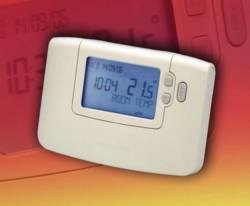Programmable room thermostat has built-in instructions



More refrigerant bans possible, says government
The government could tighten up the rules that restrict the use of global warming refrigerant gases including speeding up phase-out programmes and introducing new bans, according to a spokesman from the Department for Environment, Food and Rural Affairs (DEFRA).
Baxi research suggests schools strongly support heat decarbonisation
A survey conducted by Baxi of 200 state school estates managers, consultant engineers and M&E contractors has found that while enthusiasm for Net Zero and support for low carbon heating systems in schools is thriving, persistent barriers remain.